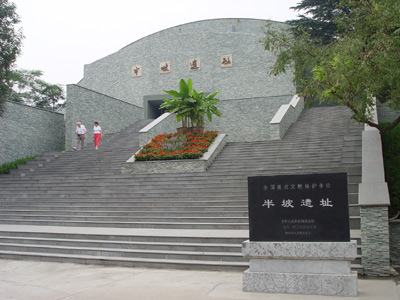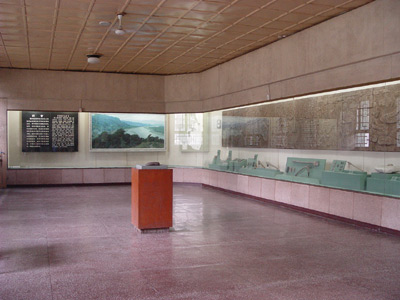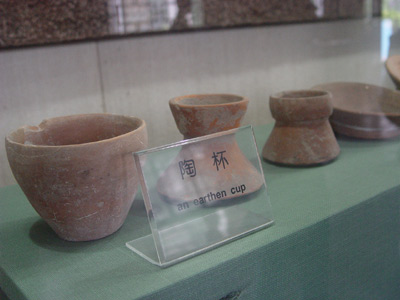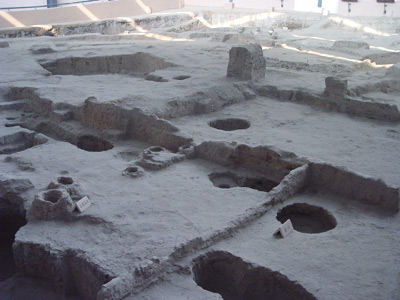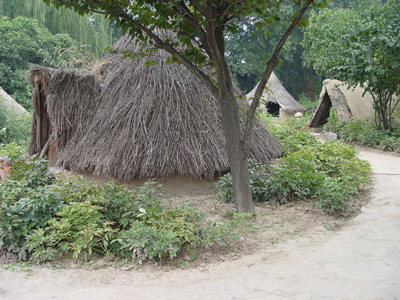The Banpo Museum is located in 3 miles in the eastern outskirts of Xi'an City, Shaanxi Province. As the first museum erected at the prehistoric site, it lies at the base of the Banpo site excavations. Since it formally opened to the public in 1958, tens of millions of people have visited it.
“In the 1980s, the Banpo Museum was one of few attractions in Xi’an, second only in world fame to the Terracotta Army. At that time, the ticket price was only 5 yuan, but nonetheless we experienced a record annual revenue of 7 million yuan,” said Yang Xindi, a high official of the Museum on September 4.
Foreign visitors account half of the total audience to the museum. But the visitor count has not recovered since its reopening last April following a three-year-long renovation, Yang said.
The Banpo Site is a typical Neolithic matriarchal community belonging to the Yangshao Culture. It dates back about 6,000 years. At that time, the Banpo people used tools made primarily of wood and stone. Women, the crucial labor force, were responsible for making pottery, spinning, and raising the family, while men fished.
The newly expanded 4,500 square meters (about 1 acre) exhibit area of the Banpo Museum is divided into two Exhibition Halls and a Site Hall.
The First Exhibition Hall displays various unearthed relic objects. Showpieces focus on production tools and domestic tools used by the primitive Banpo people, including axes, chisels, sickles, and stone and pottery knives. These relics give us a general picture of the Banpo people’s lifestyle thousands of years ago. In addition, artwork and adornments on display reflect the social life, culture, art and inventions of the period.
The second Exhibition Hall primarily shows auxiliary exhibitions; it contains two smaller halls. Special shows are held here on ethnology, folklore and the history of art related to the prehistoric culture.
The Site Hall is about 3,000 square meters (about 0.7 acre) and contains residential, pottery making and burial sections. The residential section is the main part of the site. It includes several huts, kilns and tombs belonging to the primitive residents. These models present the public an impression of an aboriginal village, along with the difficulties our human forefathers experienced while creating civilization. The representations reflect primitive production levels and various social systems during that period of time.
The Banpo Matriarchal Clan Community Village is an extension of the museum designed upon archeological findings. This village enriches the cultural nuance of the museum, while simultaneously promoting the long and splendid history of China.
Visiting info:
Address: #155, Banpo Road, Xi’an, Shaanxi Province
Tel: 029-8351 2806
Admission fee: 35 yuan (Mar. to Nov.); 25 yuan (Dec. to Feb.)
Opening hours: 08:30 - 17:00
Recommended time for a visit: 3 hours
Bus route:
From Xi’an railway station: Take No. 213, 42, 105 and 231 buses;
From the South Gate: Take No. 232 bus;
From the Bell Tower: Take No. 11 and 15 buses
From the Wild Goose Pagoda: Take 237 and 715 buses
(China.org.cn by Wang Zhiyong, September 11, 2007)

